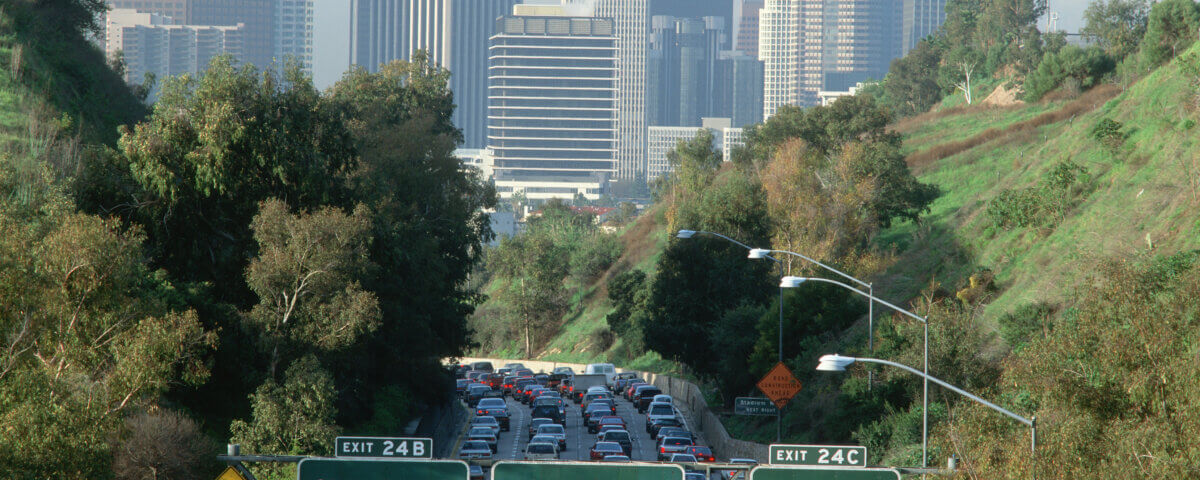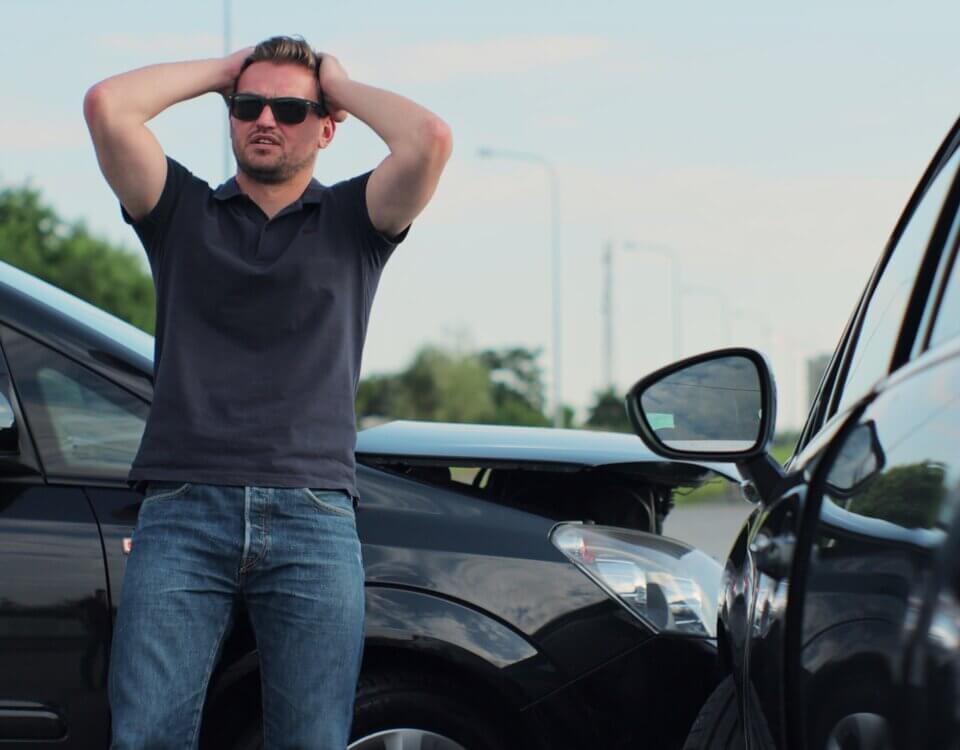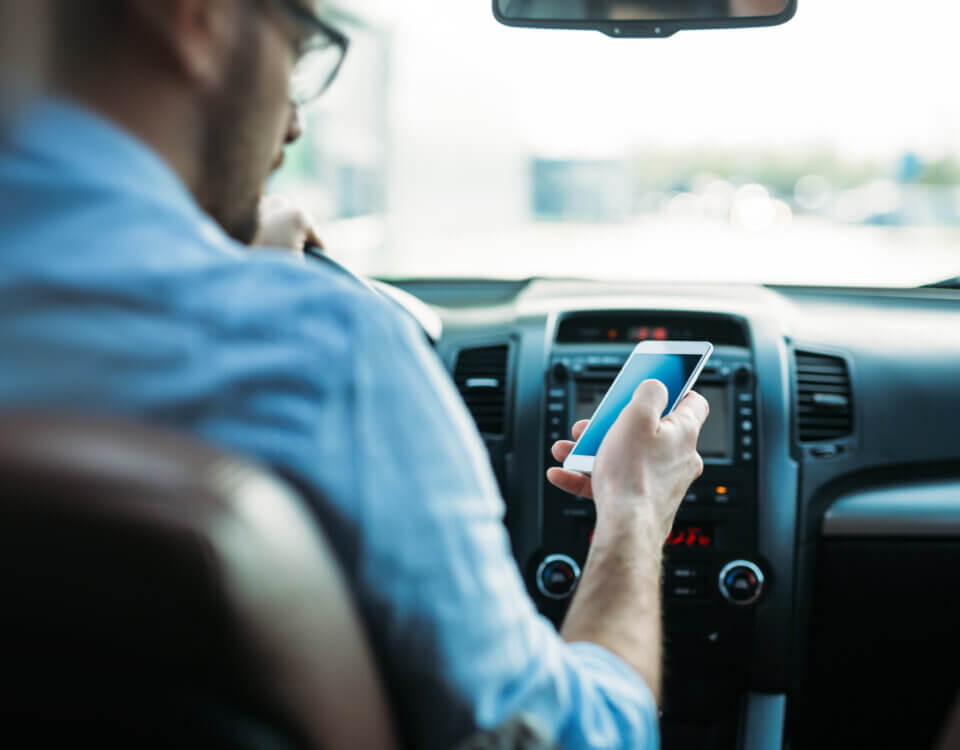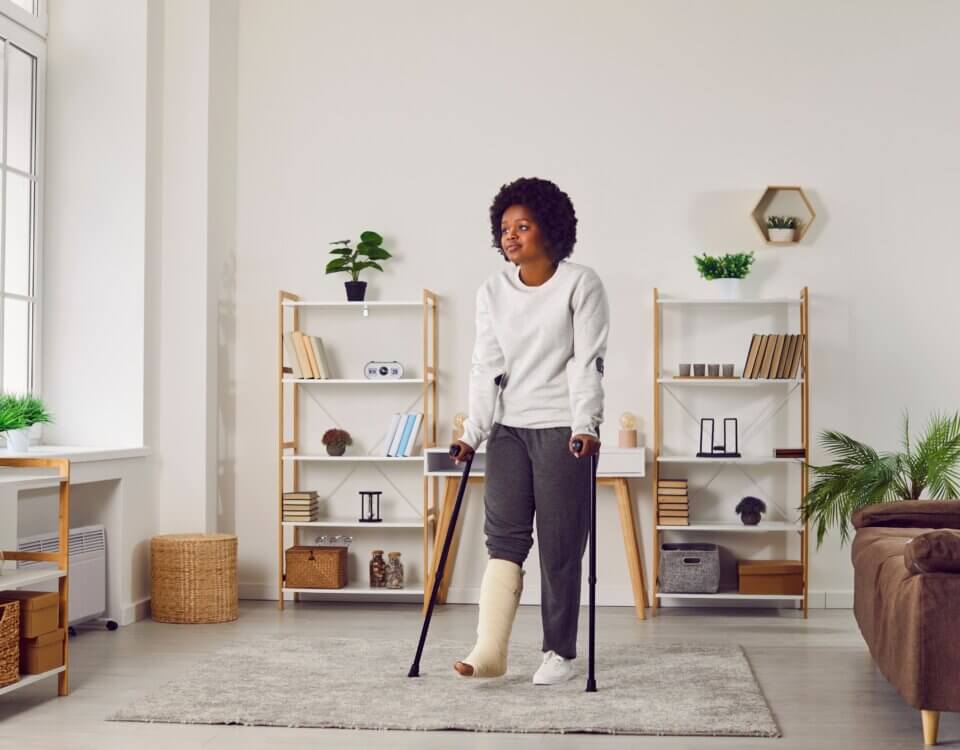Car accidents tend to happen repeatedly in certain places, and being aware of those spots can help drivers stay safer. Below are the types of locations where crashes happen most often, what contributes to those risks, and what you can do to reduce your chance of being involved in one.
Frequent Crash Locations
- Close to Home
Many collisions occur in neighborhoods or streets that people drive regularly. Drivers may feel overly familiar and less vigilant, which can lead to risky behavior or distraction even though the surroundings are well known. - Rural Roads
Rural areas often present hazards: higher speed limits, fewer safety features like lighting or barrier guards, sharper turns, and road surfaces that may be uneven or poorly maintained. Drivers may also relax their attention because traffic feels lighter. - Parking Lots
These areas are tight with limited visibility, many pedestrians, confusing right-of-way dynamics, and frequent distractions. Even at slow speeds, accidents in parking lots often lead to property damage and liability questions. - Intersections and Stop Signs
Intersections bring multiple traffic flows together; mistakes often happen because drivers misjudge other vehicles or fail to observe stop signs or signals. Right-of-way rules can get misunderstood, leading to collisions. - Rush Hour Traffic
Heavy traffic, impatience, stress, stop-and-go movement, and drivers who are rushed or distracted all contribute. The increased density and changing speeds make collisions more likely. - Construction Zones, Road Shoulders, and Intersections
These zones are dangerous because driver behavior must change. Lanes may shift, signs and workers appear, and traffic patterns may suddenly alter. Drivers who are not observant or who do not slow down can easily be involved in accidents in these areas.
Trends and Risk Factors
Times such as weekday mornings and evenings see more accidents because of rush hour.
Weekends, holidays, and summer months also tend to show increased crash rates, partly from more travel, sometimes more impaired driving, and sometimes more young drivers or people unfamiliar with certain roads.
Seasonal changes such as rain, fog, or reduced daylight can make familiar roads dangerous.
How to Reduce Your Risk
Stay alert, especially in areas that are known to be high risk such as intersections, work zones, and rural roads.
Obey traffic signals, stop signs, and posted warnings.
Avoid distractions like phones or adjusting navigation.
Adjust driving for conditions by slowing down in bad weather and using appropriate lighting.
Be especially cautious during rush hour or in construction zones.
After a Crash: What to Do Legally
If you are involved in a crash, take these steps:
Check for injuries, then call for emergency help if needed.
Get insurance and contact details from everyone involved.
Document the scene by taking photos and noting witness statements.
Keep copies of any reports, medical records, and repair estimates.
Contact a personal injury attorney to understand your rights and options, especially if there is serious injury or dispute over fault.
Note: These blog posts are created solely for the use of Hillstone Law. The information is gathered from internet research, publicly available sources, and artificial intelligence (AI) tools such as ChatGPT. While we aim to share helpful and educational content, Hillstone Law does not independently verify every detail. Some information may be incomplete, outdated, or subject to change without notice. If you believe any part of a post is inaccurate, misleading, or infringes upon copyright, please contact Hillstone Law immediately so we can review it and take appropriate action, including correction or removal.
Disclaimer: The material provided in these blogs is for general informational purposes only and should not be considered legal advice. Reading these posts does not create, and is not intended to create, an attorney-client relationship with Hillstone Law. Our intent is to share knowledge, raise awareness, and provide helpful resources to the public; however, Hillstone Law makes no warranties or guarantees about the accuracy, completeness, or reliability of the information provided, and expressly disclaims liability for any actions taken in reliance on it. The photos used in these posts are for illustrative purposes only and do not depict actual clients, individuals, or incidents unless expressly stated. If you or a loved one has been injured in an accident, please contact Hillstone Law at (855) 691-1691. Our attorneys are available to answer your legal questions and help you understand your rights.







